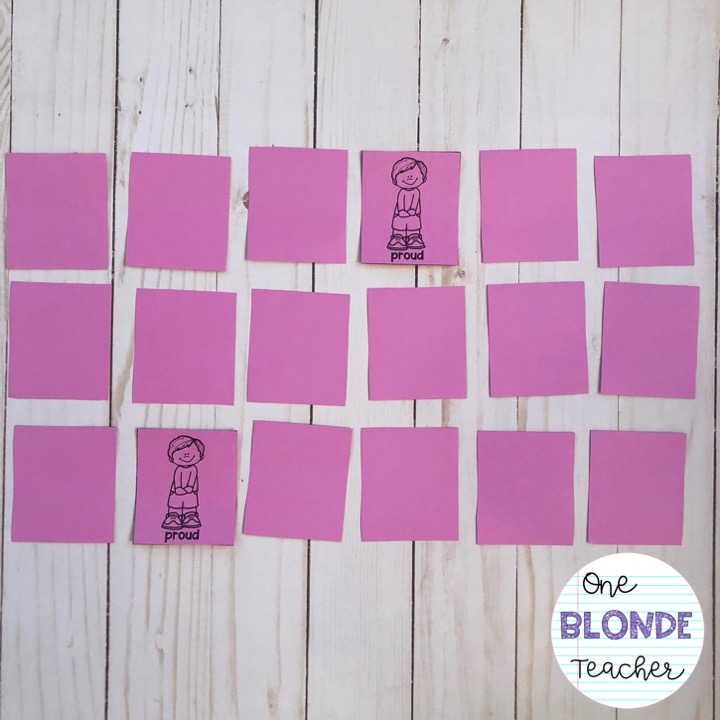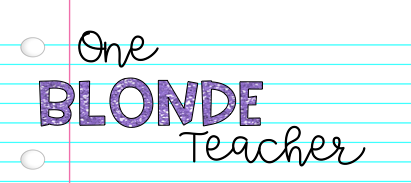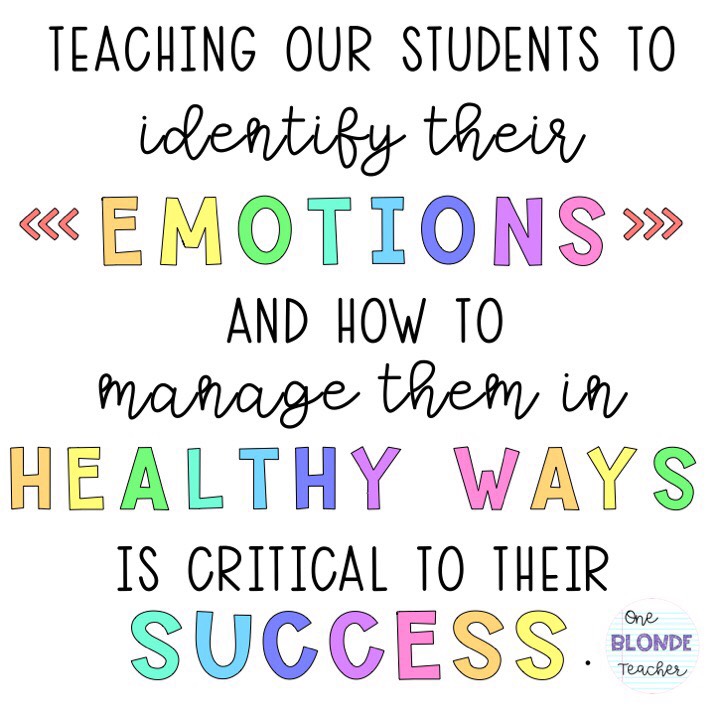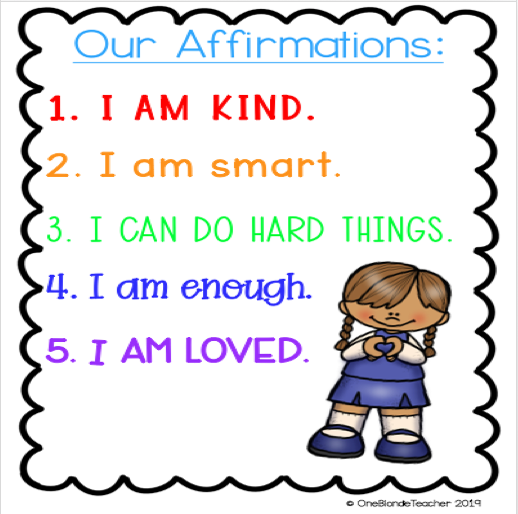Social emotional learning is becoming more and more of a focus in modern education. Even the Target Dollar Spot is littered with emotion identification products this season, among other SEL manipulatives! And this is for GOOD reason. Over the past four years that I’ve been in this profession, there has been a shift, one that veteran teachers who are much more knowledgeable than I can undoubtedly see. For one, there’s a push to bring more rigor into the classroom. We’re asking kids to perform greater and greater tasks (some that arguably aren’t developmentally appropriate). Many of us are also working to bring STEM related studies into our rooms, because we know that’s where many of the jobs our students will take lie. There is so little time in the day, and we feel the pressure to fill every moment with standards based instruction. None of this bad, really. We want our kids to go further and do better than we did. That’s what drew most of us, in part, to the job.
The Problem
But culturally, something else has shifted in American culture. Somewhere along the line, we left out play. We stopped talking about character traits and how to manage our emotions, and many of us now see behavior problems despite our best taught routines. We see kids who struggle to identify their emotions, solve problems, and more. I certainly don’t mean to say that this is EVERY child, or even necessarily a majority in a classroom. But we as educators get to choose if we think this is a problem worth solving, and I think it is.
The Solution- Teaching Emotion Identification as a Start
That’s why social emotional learning, often referred to as SEL, is so important and growing in popularity. We see a need to explicitly teach our kids and equip them with strategies that will help them navigate the social emotional world.It can be so hard to fit this into our already busy day, but I think it’s worth it, and so I’ve made it my goal for the coming year. I took the plunge at the end of last year with small steps, but now its time to really dive into social emotional learning!
The first thing I plan on teaching my First Graders is emotion identification and management. Honestly, thats a huge goal. It will take all year, but I think even small steps can make a big impact. So during the first two weeks of school I’m hoping to carve out some time and teach my kids to identify nine emotions we all encounter: happiness, sadness, excitement, anger, pride, worry, shock, embarrassment, and fear. I’ve made my own book, because I couldn’t find just one that I liked 🙂
In my unit on emotion identification, I’ll be talking to my kids about what each emotion feels like and how our body language reflects it. Then we’ll discuss what we can do when we feel those things. How should we respond when we’re angry? What can I do when I’m proud or sad? Above all, I want them to know that every emotion they feel is real and okay, but that we can also take steps to help ourselves when we find ourselves feeling a way we don’t enjoy feeling.
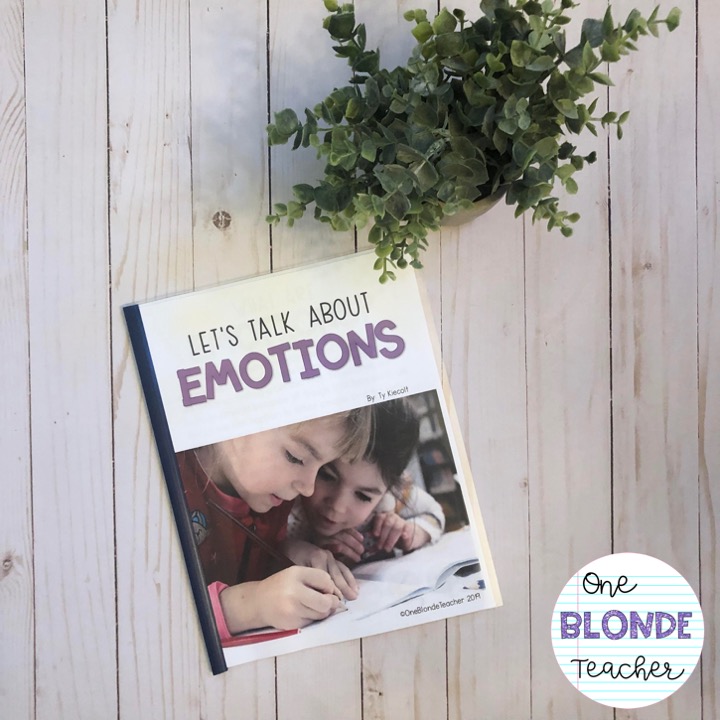
My Why
Eventually, I’ll move on to teaching them about respect and integrity, two character traits that are key to our classroom community. But I feel like camping out on emotion identification for a while is critical for a few reasons. First, they need the vocabulary to express their feelings. So many kids say they’re mad, when they might really be afraid or nervous. Giving them the tools to express their true emotions can help me as their teacher to do what I can to put them at ease, so they can focus on learning. I want to truly understand what’s going on in their minds, so they need the vocabulary to tell me. I also want us to share that common language as a class so that they can communicate easily with their peers. If a student says they’re angry, their friends will know what it means and how to respond.
But mostly, I want to do this so that my students know how to self advocate. Because at the end of the day they go home, or to daycare, or somewhere else in the world, and they grow up. I want them to know how to ask for help when they feel so sad they’re one day depressed, or when they’re so angry they might make a choice with serious repercussions. That’s why social emotional learning matters. And it is why teaching my students emotion identification and management is a high priority for me.
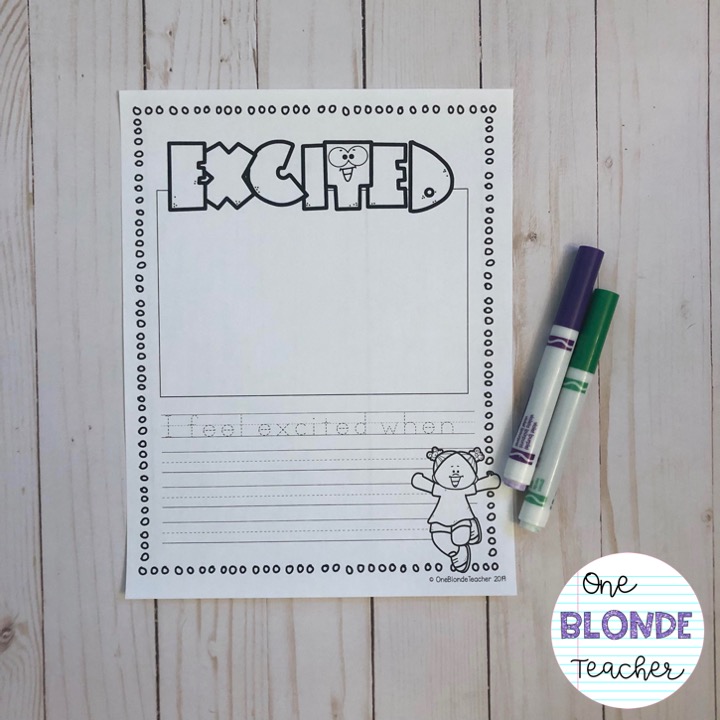
I also think social emotional learning matters because if our kids are so focused on problems in their personal lives, they won’t have much energy to use for reading or writing. I don’t mean to imply that teaching kids emotional identification will solve all their problems. It won’t. But I do think there is something powerful in acknowledging what you’re feeling and taking steps to move past that if necessary. I’ve lived with anxiety and depression. The turning point for me personally was naming my emotions-and my mental state-and acknowledging it was all real. But then I knew I could stay feeling a way that I didn’t enjoy, or I could take steps to help myself. So I sought out help, I did grounding exercises, I made self care a priority.
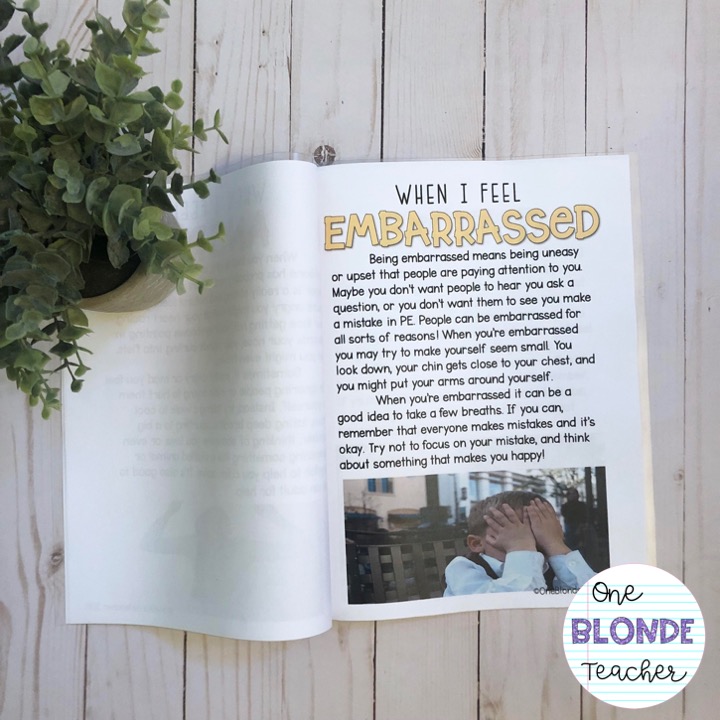
I want my students to leave my classroom with the ability to identify their emotions and to take steps in managing them if needed. Additionally, I want to explicitly tell them that sometimes you can be so sad you need help, or that worry can sometimes be too big to handle on your own. And of course, I want them to know that sometimes when you’re angry, you just need to take some deep breaths and clear your mind. And it starts here, with baby steps. With identifying emotions. With learning body language and typical responses we might have.
Will you jump in, too?
So come August and September, my kids will be playing matching games where they’re looking at facial features to find clues to an emotion. They’ll be writing about how they feel and when they feel that way. During morning meeting we’ll be discussing the ways we feel and if we need to take any steps in our day based on that. I think that taking these steps will have a huge payoff for our classroom culture, but most importantly for student success. And the cool thing is, I think this is true for primary kids AND intermediate ones, too. If you’re interested in teaching these skills to your students, or in grabbing my book on emotion identification, check out this link. https://www.teacherspayteachers.com/Product/Emotion-Identification-Social-Emotional-Skills-4667086
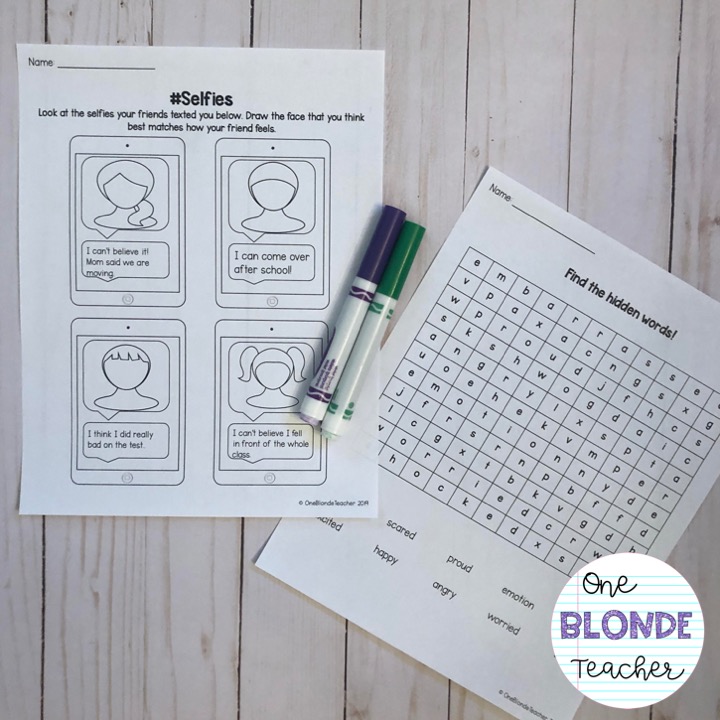
How are you teaching social emotional skills? Which ones are high priority for you? I’d love to hear from you! Join the conversation on my Instagram @oneblondeteacher!
